Rising E-Waste Generation
The electronic waste-recycling market in Europe is experiencing a surge in e-waste generation, driven by rapid technological advancements and consumer behavior. With the proliferation of electronic devices, it is projected that e-waste generation in Europe will exceed 12 million tonnes by 2025. This increase presents both challenges and opportunities for the recycling industry. The growing volume of discarded electronics necessitates efficient recycling solutions to recover valuable materials and mitigate environmental impacts. As consumers become more reliant on technology, the demand for effective recycling services is likely to escalate. Consequently, the electronic waste-recycling market is positioned to expand significantly, as stakeholders seek to address the mounting e-waste crisis and capitalize on the potential for resource recovery.
Regulatory Compliance Pressure
The electronic waste-recycling market in Europe is increasingly influenced by stringent regulatory compliance requirements. Governments are implementing laws that mandate proper disposal and recycling of electronic waste, which is expected to drive market growth. For instance, the European Union's Waste Electrical and Electronic Equipment (WEEE) Directive obligates producers to manage their products' end-of-life. This regulatory framework is likely to enhance the demand for recycling services, as companies strive to meet compliance standards. As of 2025, it is estimated that compliance costs could reach up to €1 billion annually for the industry, thereby incentivizing investment in recycling technologies and processes. The pressure to adhere to these regulations is fostering a more robust electronic waste-recycling market, as businesses seek to avoid penalties and enhance their sustainability profiles.
Economic Incentives for Recycling
Economic incentives are playing a crucial role in shaping the electronic waste-recycling market in Europe. Governments and local authorities are increasingly offering financial support and subsidies to encourage recycling initiatives. For example, various programs provide funding for recycling facilities and technologies, which can lower operational costs for businesses in the sector. Additionally, the potential for recovering valuable materials such as gold, silver, and copper from e-waste presents a lucrative opportunity. The market could see a growth rate of approximately 8% annually as businesses leverage these economic incentives to enhance their recycling capabilities. This financial motivation is likely to stimulate investment in the electronic waste-recycling market, fostering innovation and efficiency in recycling processes.
Corporate Sustainability Initiatives
Corporate sustainability initiatives are becoming a driving force in the electronic waste-recycling market in Europe. Many companies are adopting environmentally responsible practices, including the recycling of electronic waste, to enhance their corporate image and meet consumer expectations. As of 2025, it is estimated that over 70% of European corporations will have integrated sustainability into their business strategies. This shift is likely to increase demand for recycling services, as businesses seek to demonstrate their commitment to environmental stewardship. Furthermore, partnerships between corporations and recycling firms are emerging, facilitating the development of more efficient recycling processes. The emphasis on sustainability is expected to propel the electronic waste-recycling market forward, as companies recognize the importance of responsible waste management in their operations.
Technological Advancements in Recycling Processes
Technological advancements are significantly impacting the electronic waste-recycling market in Europe. Innovations in recycling technologies, such as automated sorting systems and advanced material recovery techniques, are enhancing the efficiency and effectiveness of recycling operations. These advancements are expected to reduce processing costs and improve recovery rates of valuable materials from e-waste. As of 2025, it is projected that the adoption of new technologies could increase recovery rates by up to 30%. This technological evolution is likely to attract investment in the electronic waste-recycling market, as companies seek to leverage these innovations to optimize their operations. The integration of cutting-edge technologies is poised to transform the recycling landscape, making it more sustainable and economically viable.

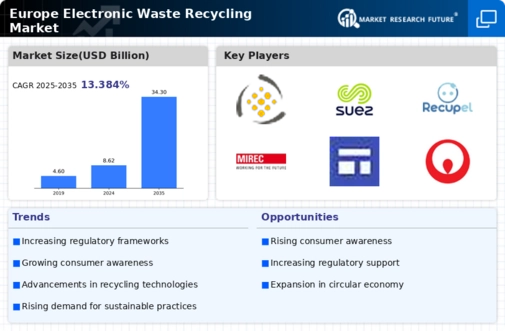
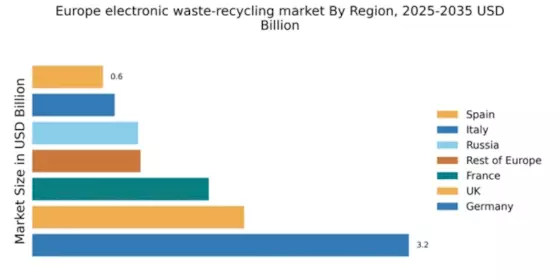
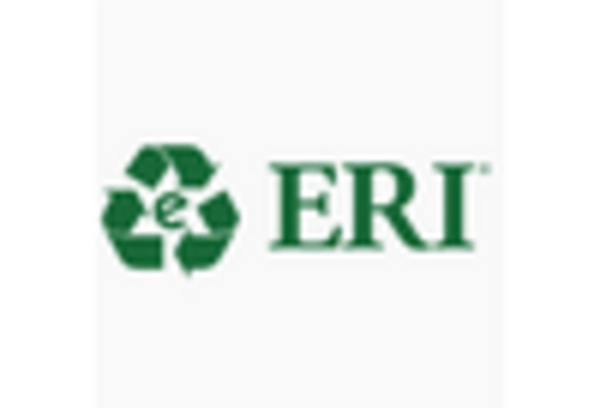
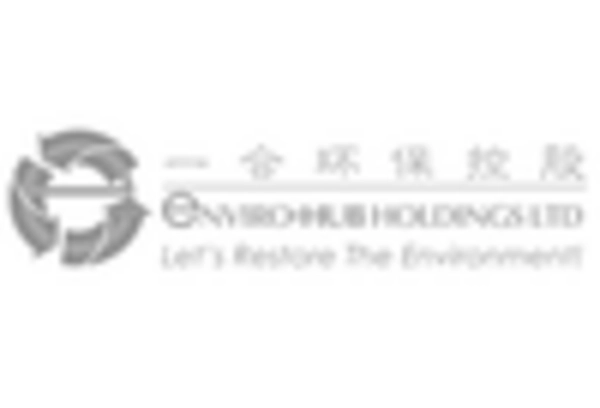
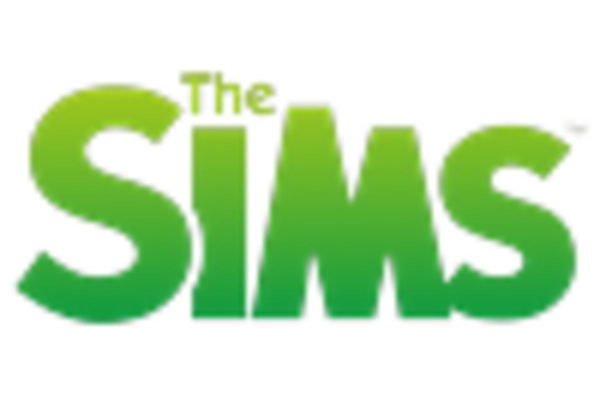











Leave a Comment